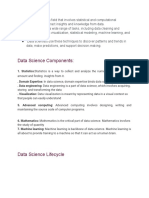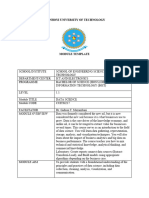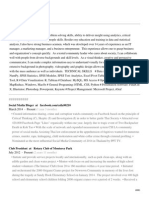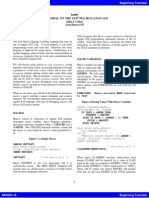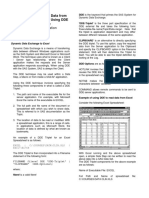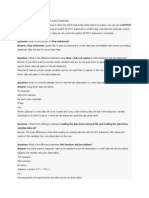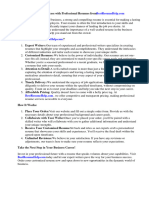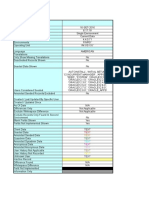0% found this document useful (0 votes)
23 views17 pagesWeek 1 Data Science
The document outlines a comprehensive six-week curriculum on Data Science, covering fundamentals, data management, preprocessing, statistical methods, visualization, and advanced tools. It emphasizes the importance of data science across various sectors such as business, healthcare, and technology, highlighting its role in decision-making, automation, and competitive advantage. Additionally, it provides real-world examples and terminologies related to data science, illustrating its applications and significance in today's data-driven world.
Uploaded by
yathindramandati888Copyright
© © All Rights Reserved
We take content rights seriously. If you suspect this is your content, claim it here.
Available Formats
Download as DOCX, PDF, TXT or read online on Scribd
0% found this document useful (0 votes)
23 views17 pagesWeek 1 Data Science
The document outlines a comprehensive six-week curriculum on Data Science, covering fundamentals, data management, preprocessing, statistical methods, visualization, and advanced tools. It emphasizes the importance of data science across various sectors such as business, healthcare, and technology, highlighting its role in decision-making, automation, and competitive advantage. Additionally, it provides real-world examples and terminologies related to data science, illustrating its applications and significance in today's data-driven world.
Uploaded by
yathindramandati888Copyright
© © All Rights Reserved
We take content rights seriously. If you suspect this is your content, claim it here.
Available Formats
Download as DOCX, PDF, TXT or read online on Scribd
/ 17




































